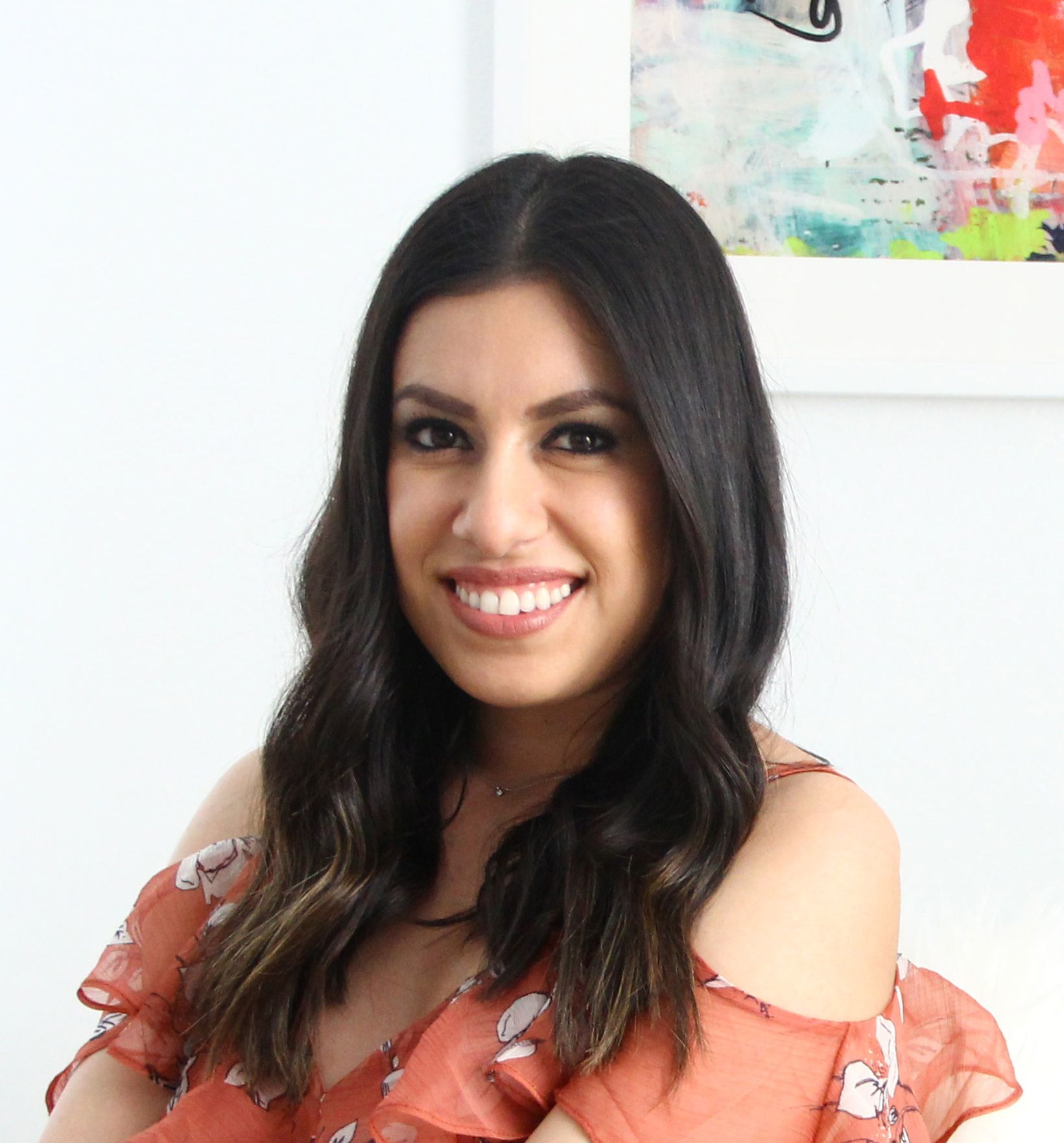Sure, “true love” sounds great, but what does it really mean? DailyOM talked with experts to better understand the concept and what it entails, and what true love looks like between romantic partners.
Love is, well, wonderful. It makes you feel warm and fuzzy inside. It feels good to give it and receive it. There are many forms of love: romantic love, transformative love between a parent and a child, the strong connection between friends or family members, and, for many people, the uncomplicated bond they have with their beloved pets. Though love is powerful in many different forms, here DailyOM explores true love as it pertains to romantic partnerships.
What does “true love” actually mean? And how do you know if you have it? To answer these questions and more, DailyOM talked to relationship experts to better understand this hard-to-define concept.
Defining True Love Between Romantic Partners
According to experts, the definition of true love differs depending on the relationship. In romantic relationships, where you’ll most often hear the term “true love” used, it can be defined as “the combination of emotional, physical, and sexual connection” coupled with a consistent liking and fondness, says Juliana Hauser, PhD, a licensed marriage and family therapist and licensed professional counselor. This feeling stands out from the connections you have with other people.
Dr. Hauser tells DailyOM that true love in the romantic sense is complicated. “It is both constant and changing,” she says. “It is long-lasting as well as a fresh feeling.”
Darcy Sterling, PhD, a licensed clinical social worker based in New York City, echoes this notion of ever-evolving love. “Love begins as an emotion and, over time, it grows into a verb,” she explains. “It becomes the acts of love that you engage in. If you’re performing them, you are loving. And if you’re not, you are neglecting.”
This is why, Dr. Sterling says, some romantic relationships fall out of love because they’re no longer engaging in those behaviors they did in the beginning that caused them to fall in love.
Interested in learning more? Check out Be Ridiculously Happy In Your Relationship
The Power of Unconditional Love
Hauser says that true love is simply love in a higher form, regardless of the relationship (romantic, between parent and child, or between friends and family members). To feel loved boils down to feeling understood by another person, says Sterling. “It’s the feeling that another person gets you,” she says. For instance, some people may say their mother knows them like no one else can or ever will. “It’s the attunement of another,” Sterling adds. “It doesn’t mean we agree on things. It means that we are loved and accepted despite our differences. Love is a feeling of being accepted.”
What Does True Love Look and Feel Like?
True love has a certain look and feel. For starters, Hauser says, true love feels safe and allows each person to be emotionally vulnerable and ask for their needs to be met. “Each person feels heard and feels room to be who they are authentically,” she explains.
Love begins as an emotion and, over time, it grows into a verb.
Even when there is conflict — as there is in all relationships — when there is true love, you still feel a sense of calmness, and safety is still palpable, says Hauser.
This level of safety may feel unusual for some people if it’s not something they’ve experienced before, Sterling explains. There is a deep sense of comfort between the two people when they’re in each other’s company, the expert goes on to say. “Imagine a Venn diagram that shows two people — each allowed to be their own unique person — and the overlap, which represents the relationship space, is also a place of comfort and acceptance,” she says. That sense of comfort may also mean you feel more inclined to do things for the other person that are out of character for you, and you may notice you’re more patient than usual.
Deep intimacy is another key component of true love, and between romantic partners, that deep intimacy extends physically. “You feel drawn equally to wanting to know that person and have them know you,” Hauser says. “In romantic true love, there is a nonverbal dance of physical contact.”
Hauser says true love also manifests as having an underlying positive regard for each other, feeling a sense of urgency to share both good and bad news with them first, thinking about them differently (often with a smile), and an inner knowing that you can’t imagine not having the person in your life. All in all, you feel content when you think about the relationship, Sterling says. With romantic relationships, there’s an undeniable spark.
How Long Does It Take to Develop True Love?
The short answer: It depends. Hauser says there isn’t a solid rule of thumb as it ranges significantly from person to person, especially with romantic love. “Some people fall into true love quickly, and for others, it’s a slow burn,” she says. “It depends on several items: how quickly you authentically show up and connect, what types of outside stressors and forces are distracting the connection development, and how much readiness each person has to devote toward love. Trauma history and relationship to safety and trust also make a difference and can have an impact on timing.”
In other words, as Sterling sums up, the length of time it takes to develop true love correlates with how much inner work and healing you’ve done to be able to create healthy love in your life.
One sign that you have true love is that you don’t have to ask yourself whether you love the person. You know you do. “Ultimately, true love feels more like an answer than a question,” Sterling says.
As the adage goes, when you know, you know.

